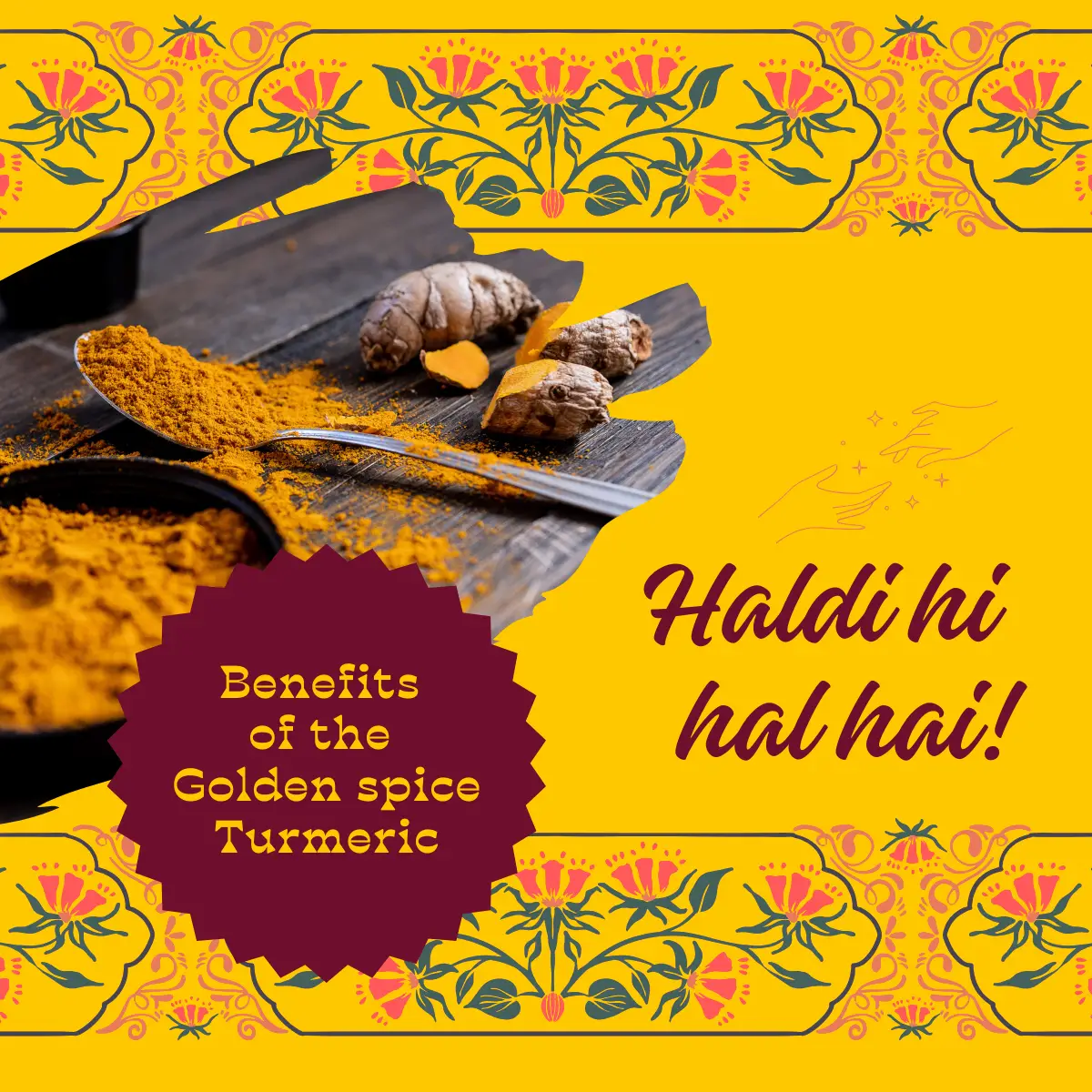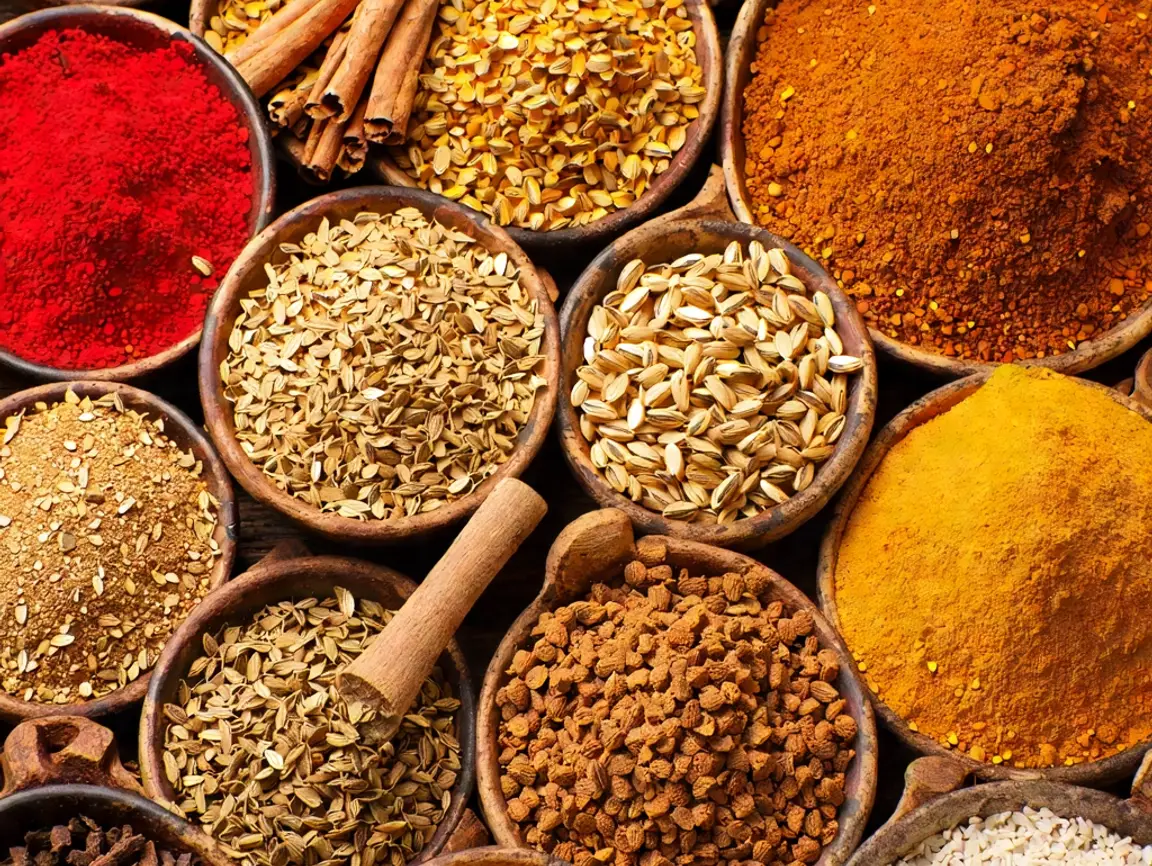
Millets: A Nutritional Powerhouse with Proven Health Benefits
Millets: A Nutritional Powerhouse with Proven Health Benefits Millets are often referred to as “nutri-cereals” due to their exceptional nutritional
Free Shipping on all orders…
Free Shipping on all orders…
8421-69-70-71

Turmeric, with its brilliant golden color and captivating, earthy aroma, boasts a history as opulent as its flavor profile. This illustrious spice, which has been cultivated at the heart of Southeast Asia for over 4,000 years, serves as a foundational element of Indian heritage and gastronomy. Today, India remains the leading producer and exporter of turmeric, underscoring its enduring significance. In ancient times, the therapeutic qualities of turmeric were acknowledged in Indian medical systems such as Ayurveda and Siddha. It was employed to address a spectrum of ailments, ranging from digestive disorders to joint inflammation. Its anti-inflammatory and antioxidant properties were revered long before contemporary science provided empirical validation, illustrating the prescience of these early medicinal practices.
Turmeric transcended its medicinal applications, holding a sacred place in Hindu rituals and symbolizing purity and auspiciousness during numerous ceremonies and festivals. The spice’s voyage beyond its native territories commenced around 700 AD when traders carried it along the Silk Road to the Middle East and North Africa. Its vivid hue rendered it a coveted dye for textiles, signifying opulence and refinement. By the 13th century, turmeric had made its way to Europe through intricate trade networks, where it was cherished for its culinary and medicinal virtues. It even captured the attention and admiration of famed explorers like Marco Polo, who documented its myriad uses.
In the culinary sphere, turmeric assumes a pivotal role, particularly within the Indian subcontinent, serving as a quintessential component of curry powder. Its earthy, slightly bitter taste enhances both savory and sweet culinary creations. Across Southeast Asia, turmeric is a staple in iconic dishes such as laksa and rendang, while in the Middle East, it enriches biryani as well as a variety of pickles and chutneys. Turmeric’s influence extends beyond the kitchen into the realms of art and culture, where it is employed in traditional Indian dance, intricate rangoli designs, and as a natural dye for textiles.
During the Age of Exploration, the spice’s significance in trade was profound, propelling European maritime expeditions and influencing economies across continents. Colonialism facilitated the introduction of turmeric cultivation to regions like the Caribbean and Africa, diversifying its sources and trade routes despite the challenges of exploitation and forced labor. In contemporary times, turmeric is celebrated as a superfood and natural remedy. Curcumin, its active compound, is the focal point of numerous scientific studies investigating its potential health benefits.
The spice has seamlessly integrated into modern culinary trends, appearing in smoothie bowls, golden lattes, and even as a unique flavor in ice cream. The rich tapestry of turmeric’s history is woven with threads of culture, commerce, and tradition. From its ancient origins in India to its widespread global acclaim, turmeric has enriched our understanding of the interconnectedness of the world. Its enduring appeal continues to shape our health, cuisine, and cultures in the modern era. As you savor a dish infused with the warmth of turmeric, reflect on the millennia of history that have contributed to the legacy of this extraordinary spice.

Millets: A Nutritional Powerhouse with Proven Health Benefits Millets are often referred to as “nutri-cereals” due to their exceptional nutritional

Indian cuisine is renowned globally for its intricate and multi-layered flavors, achieved through a masterful blend of spices known as